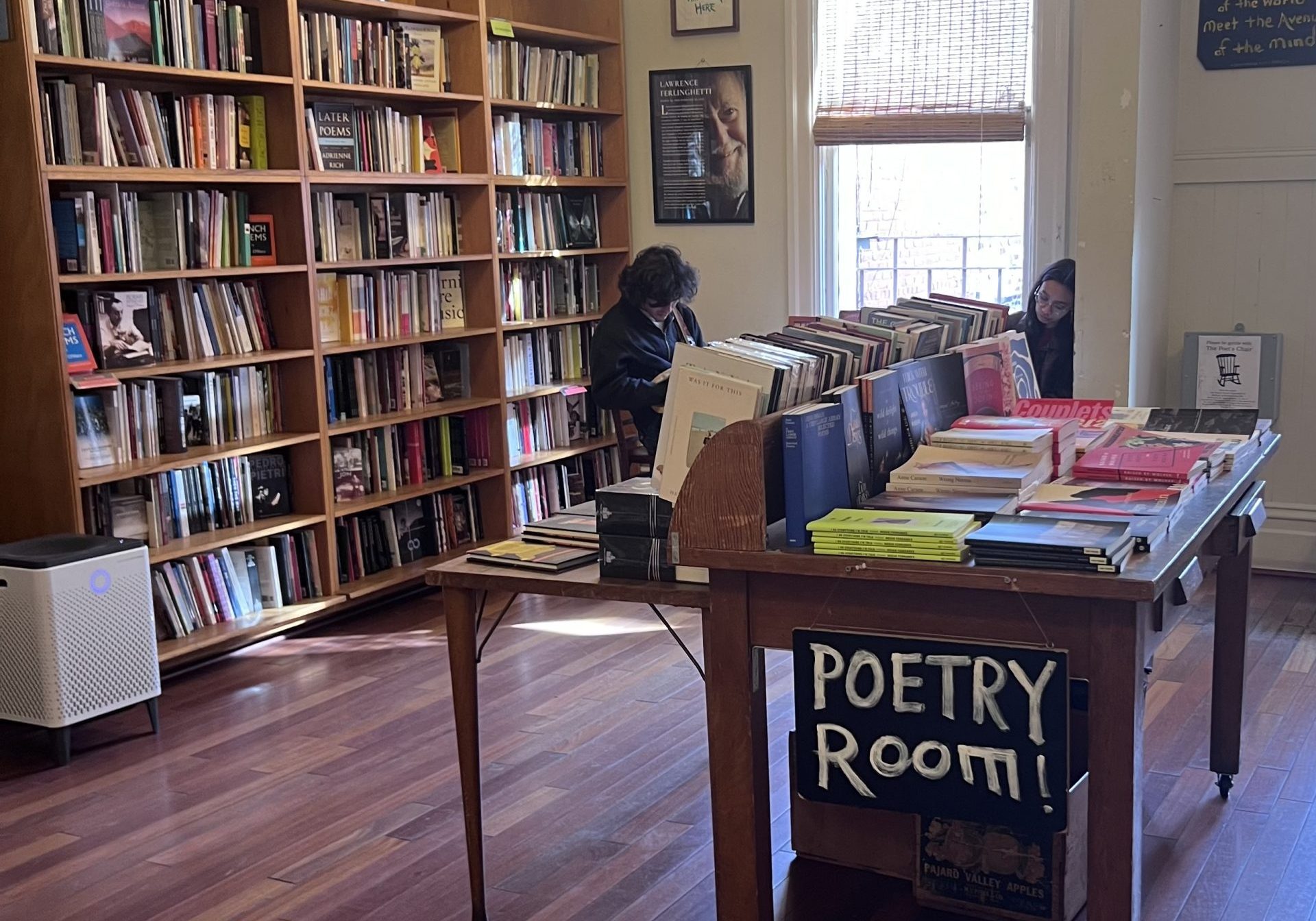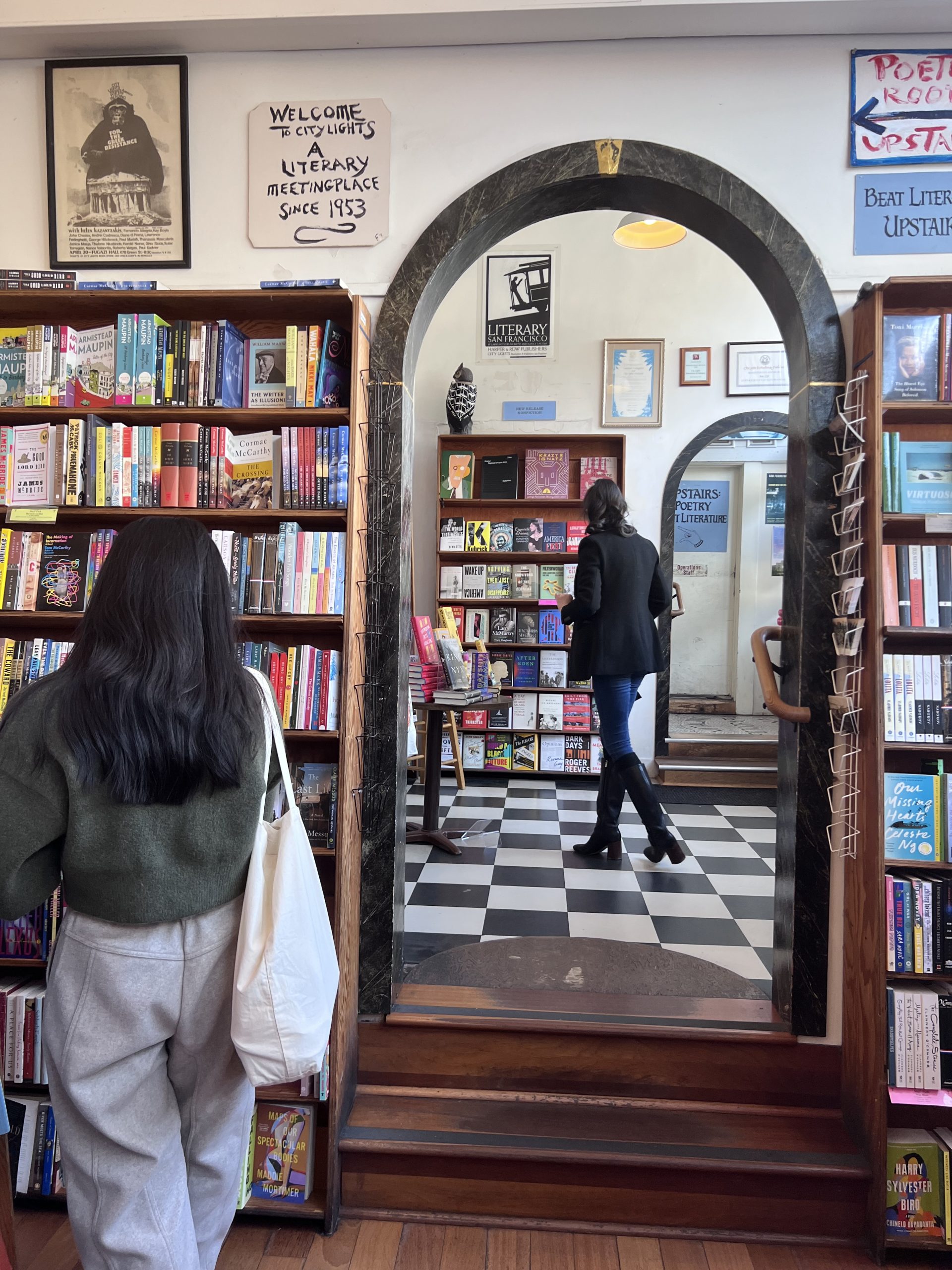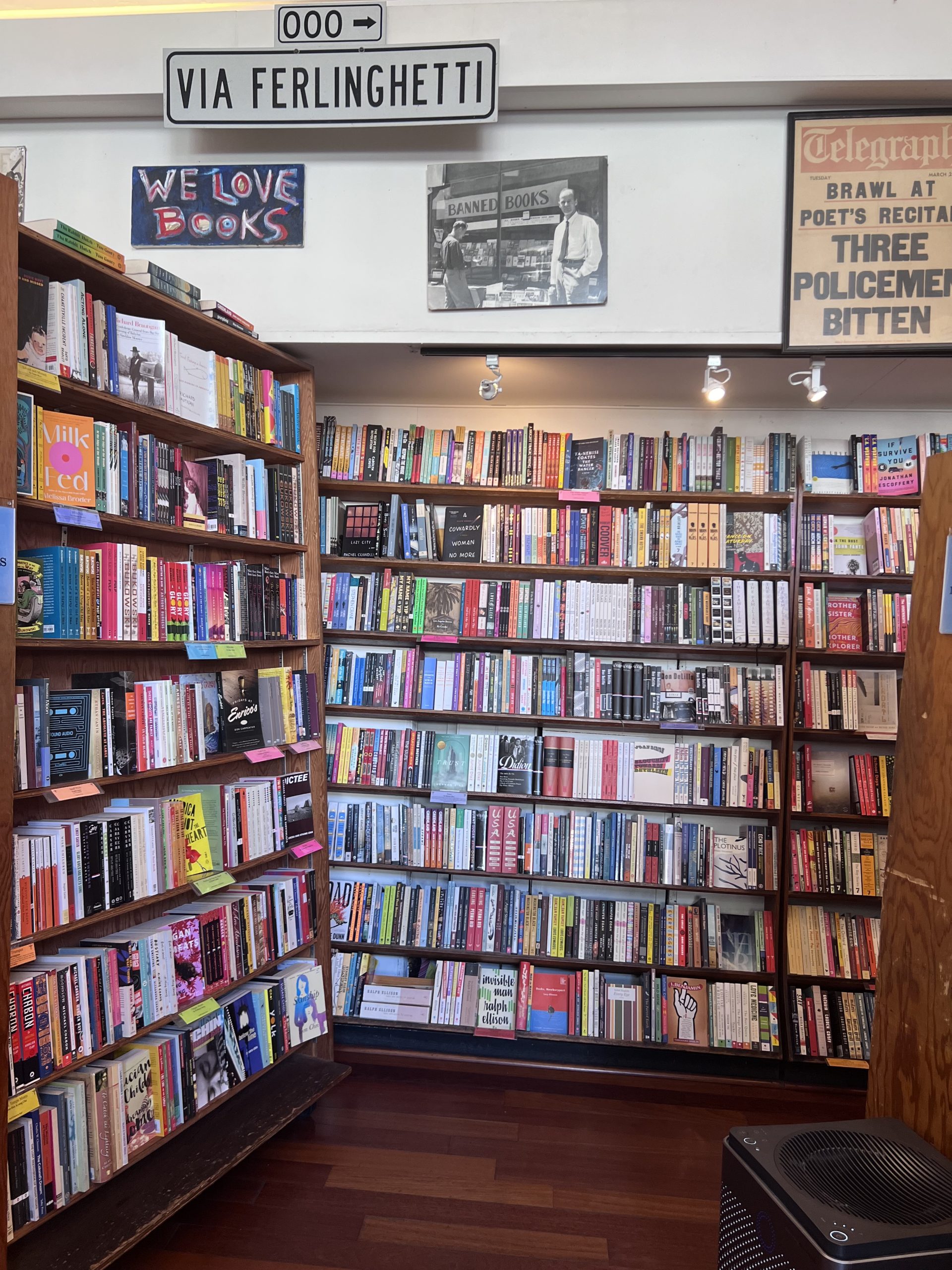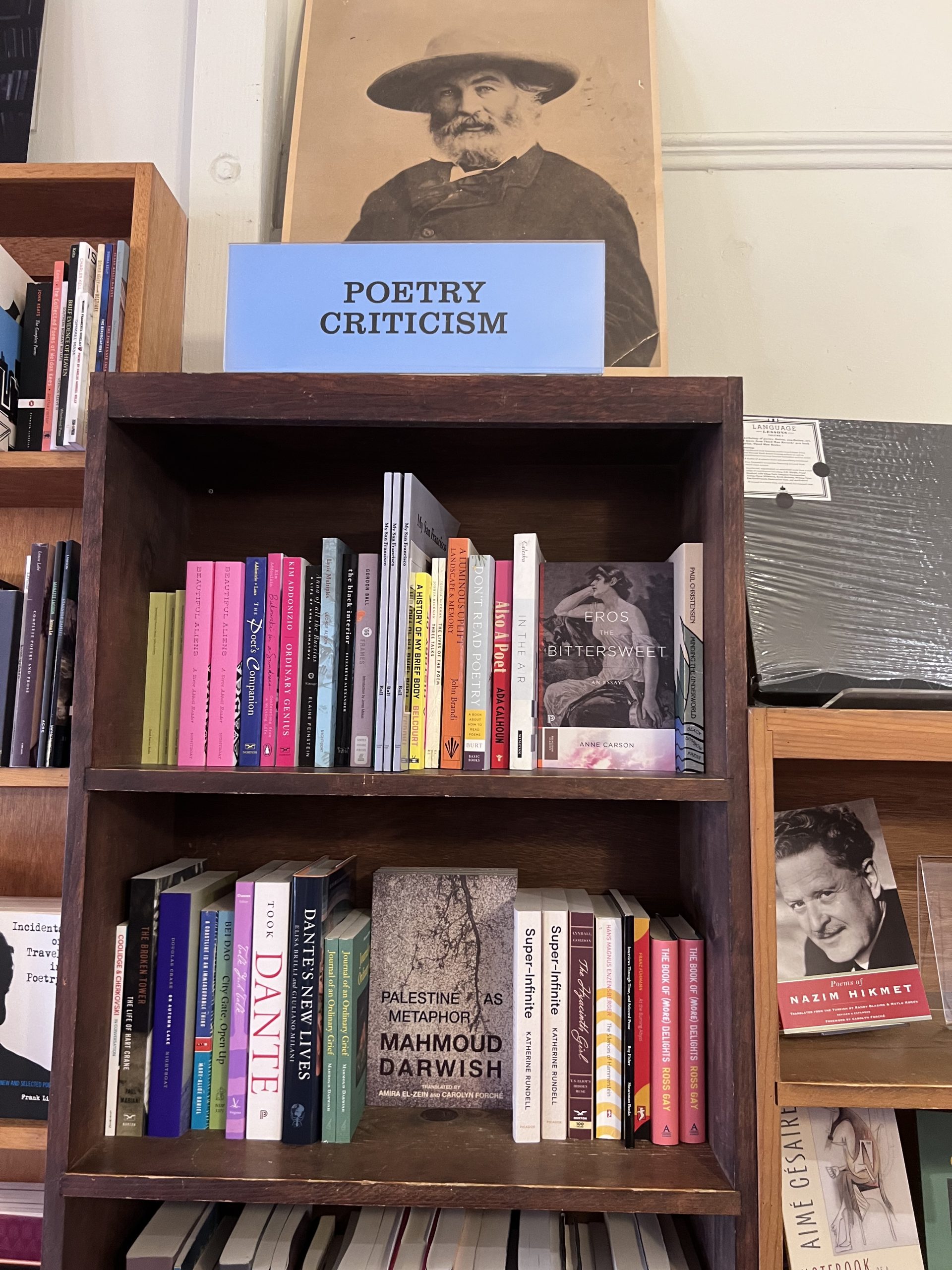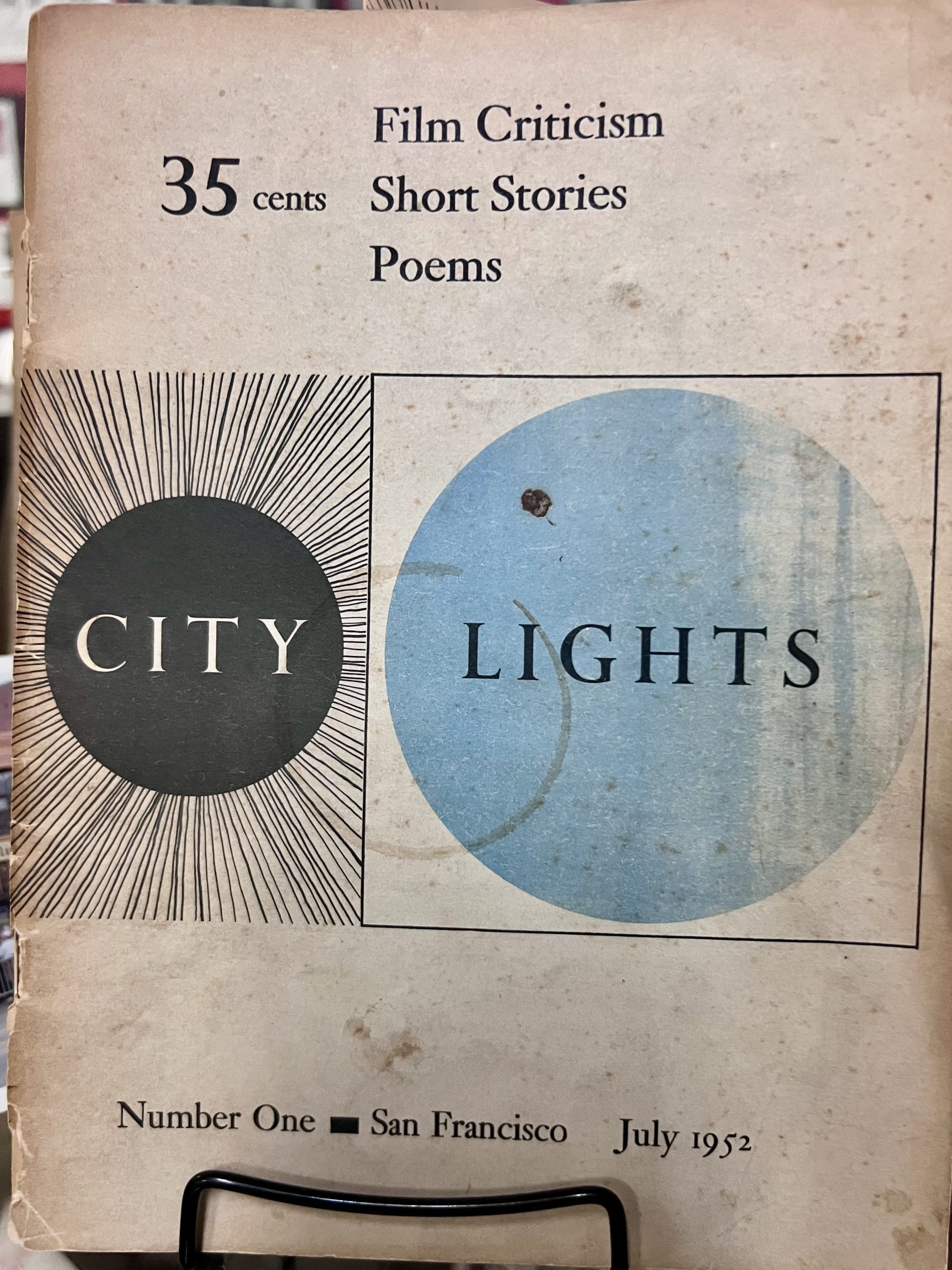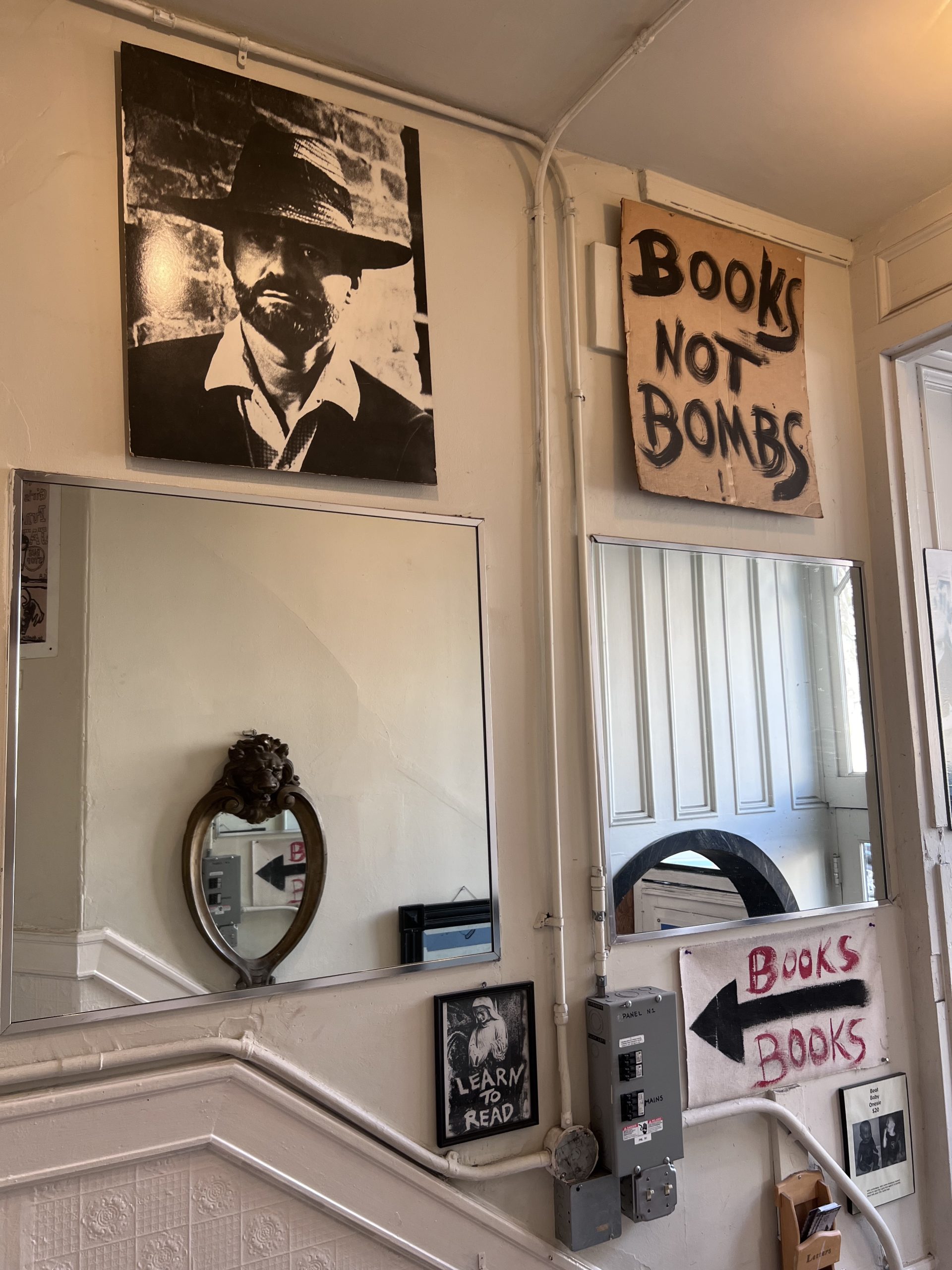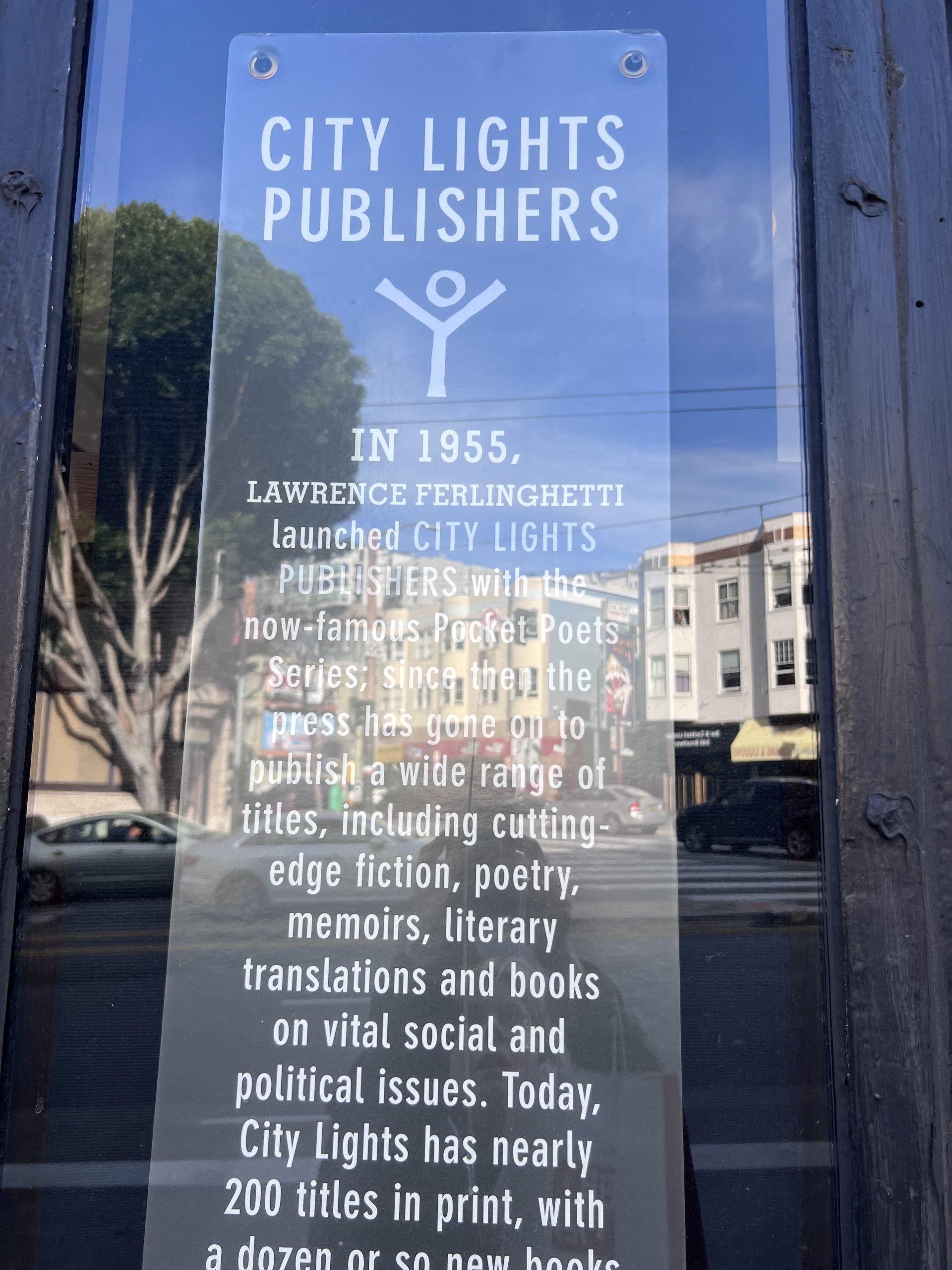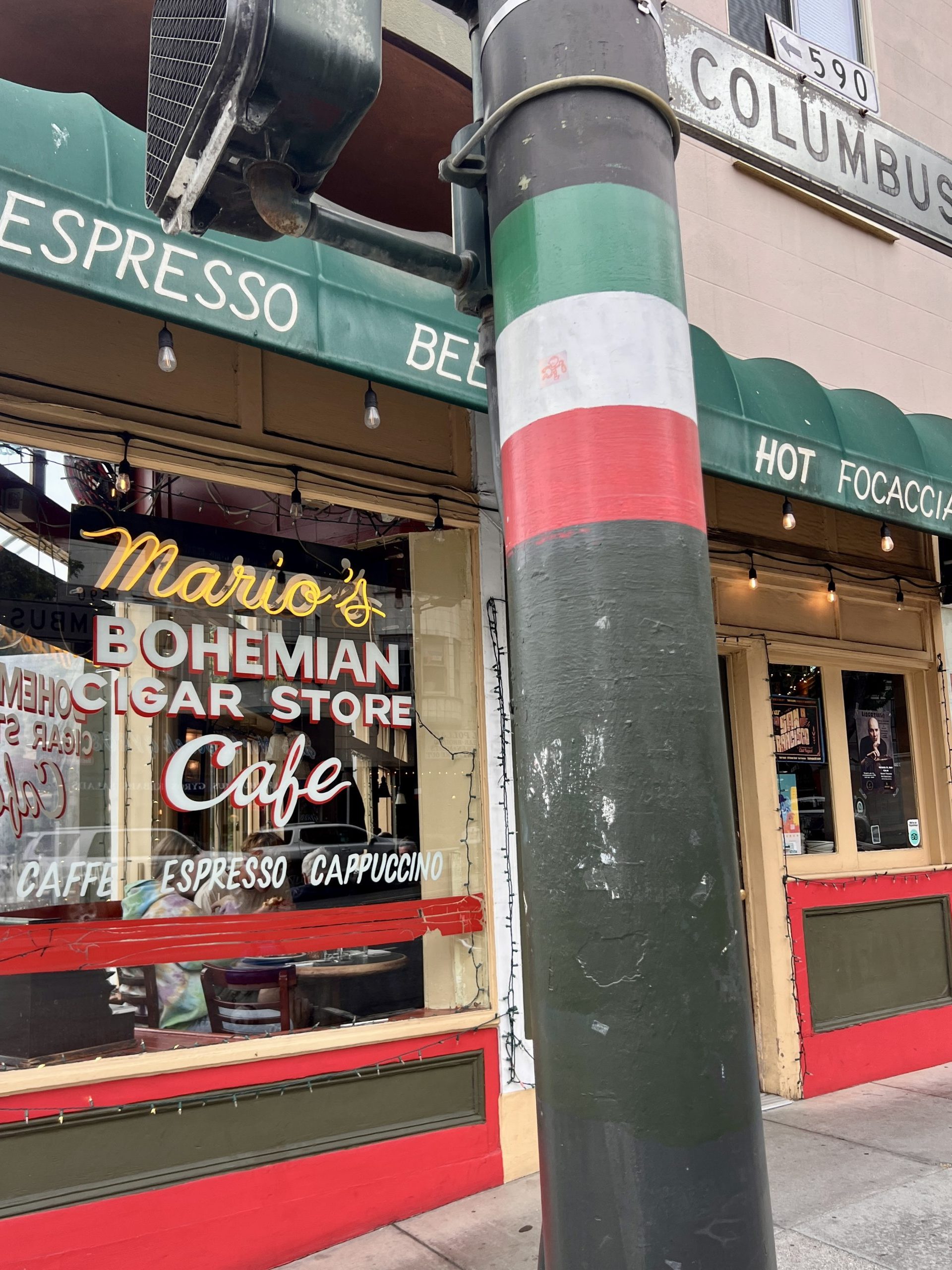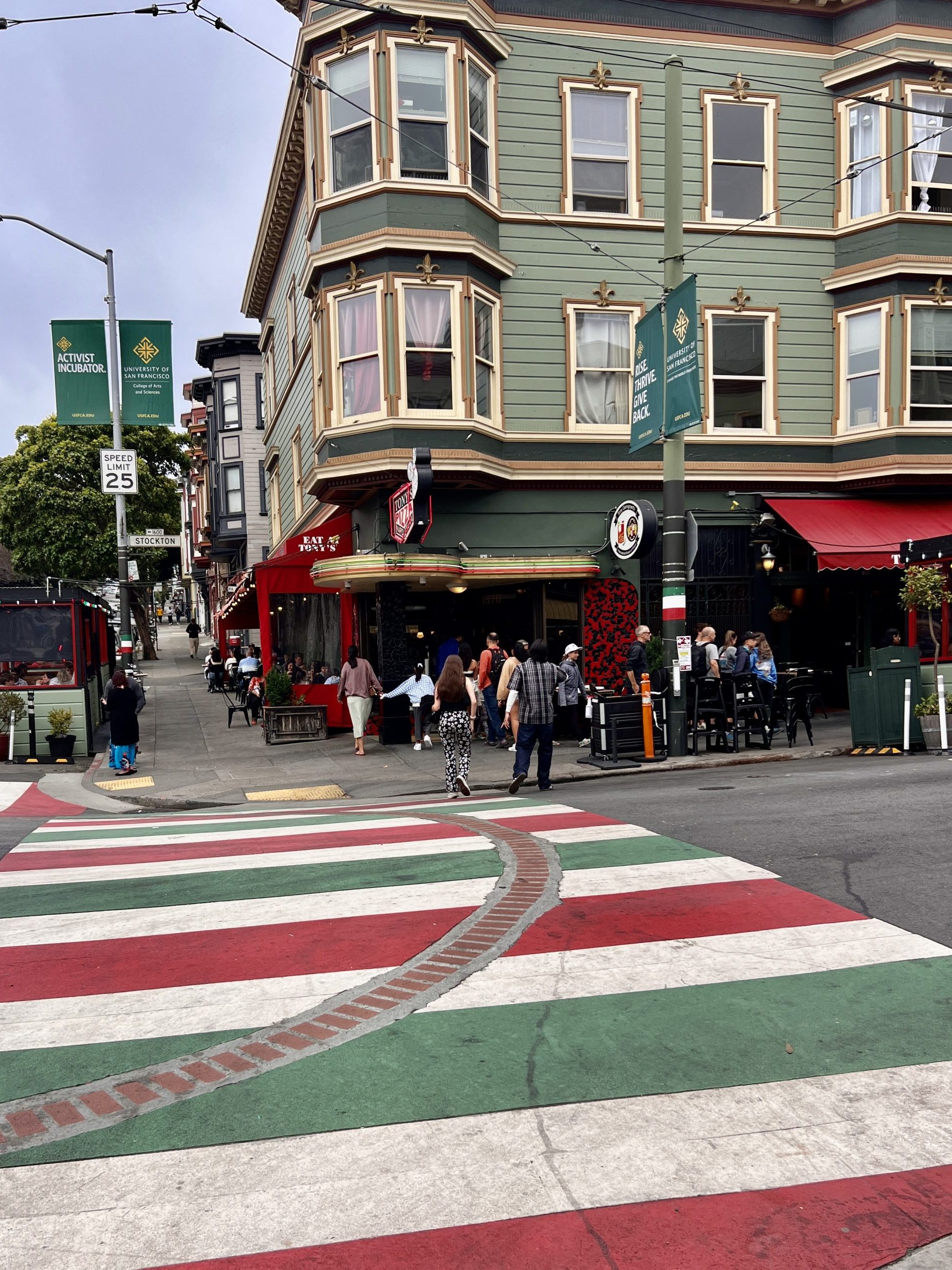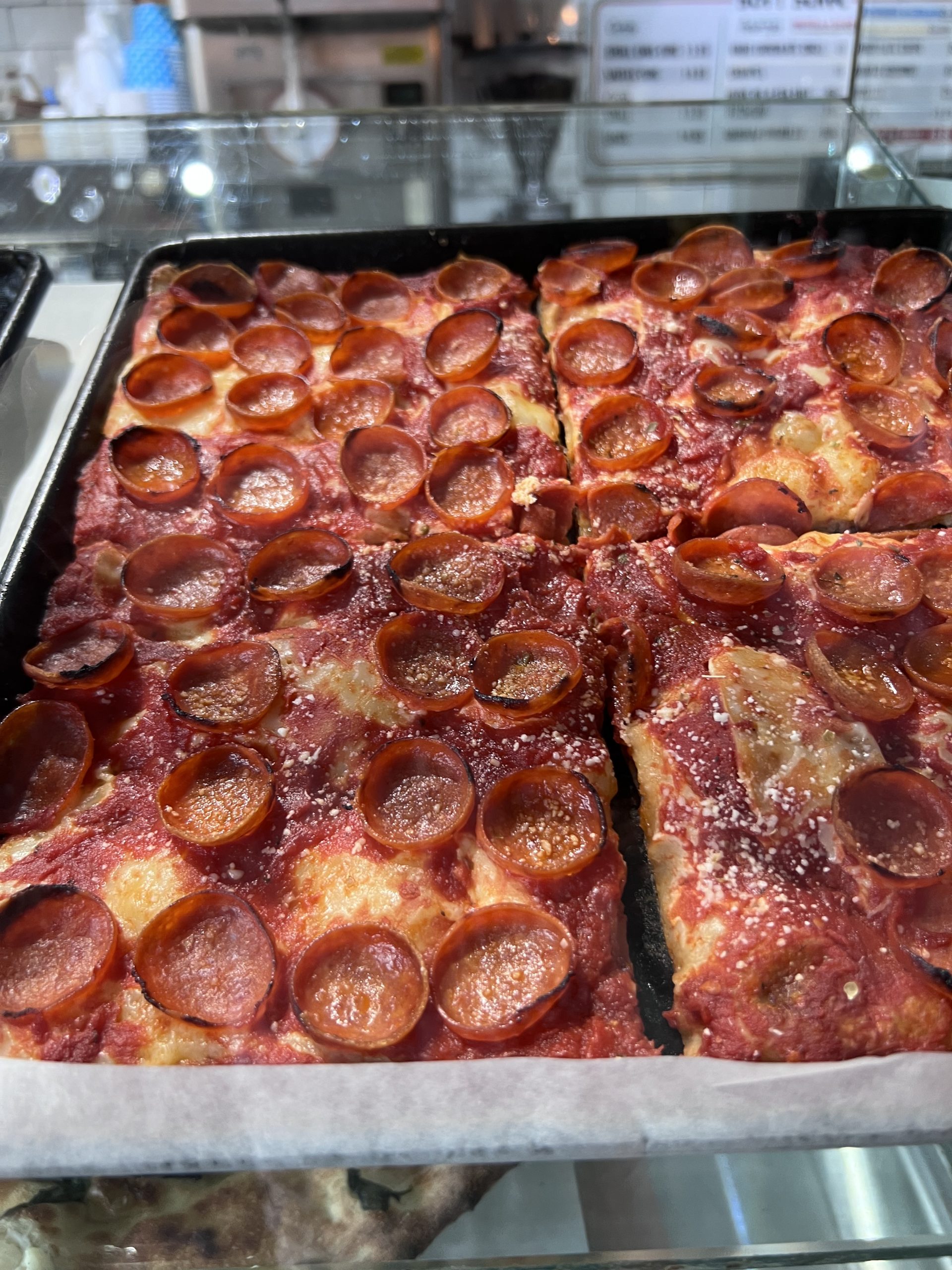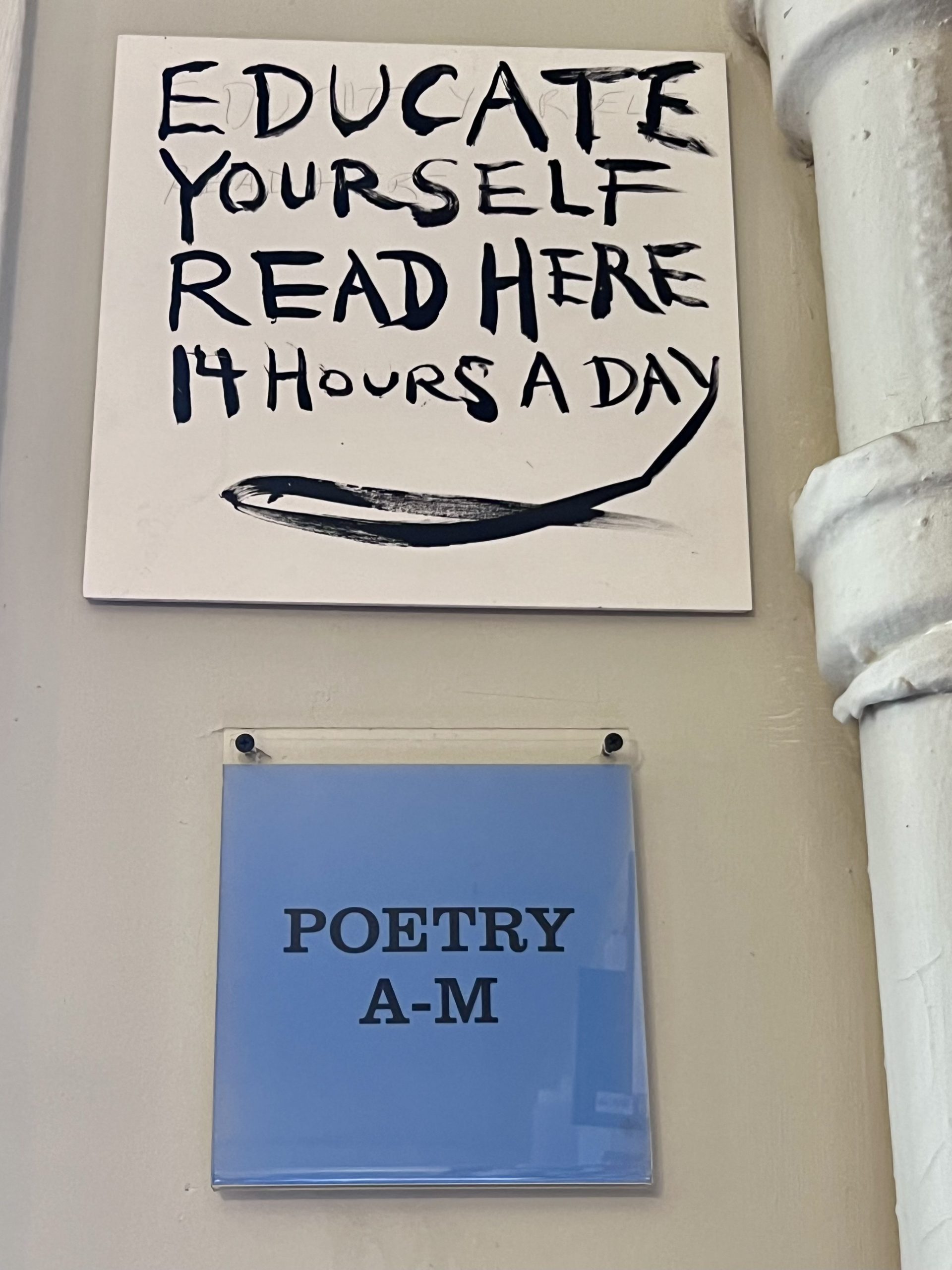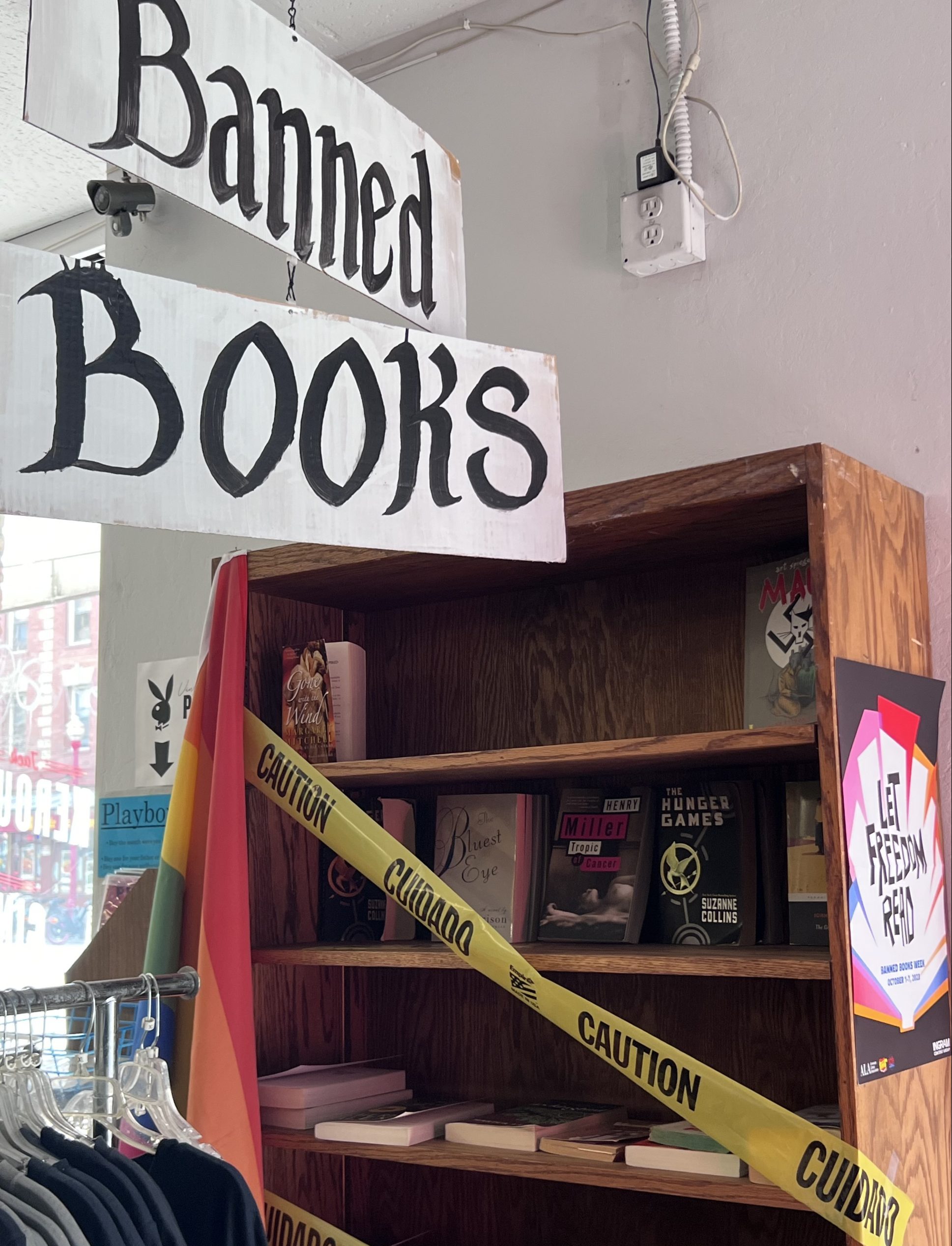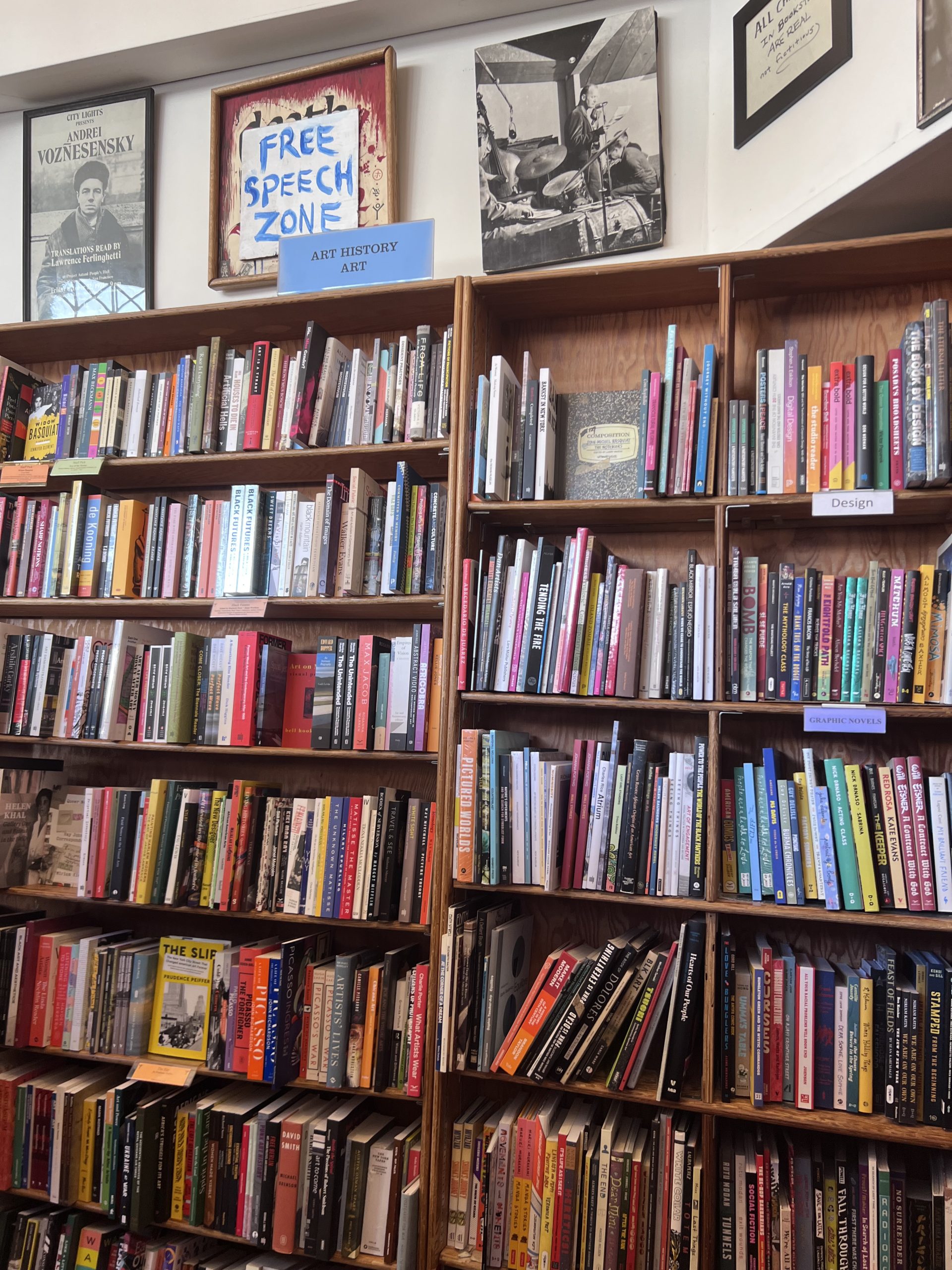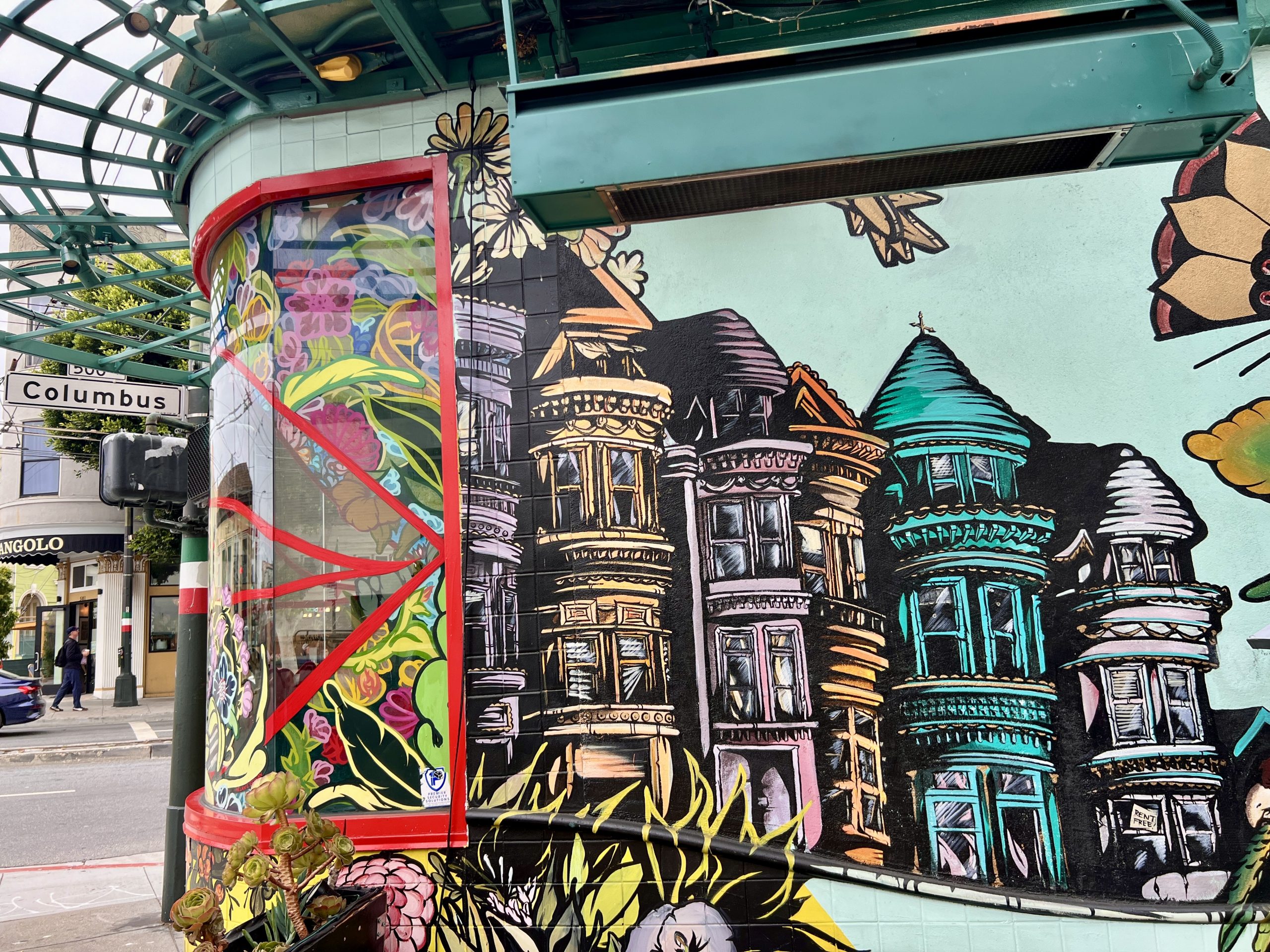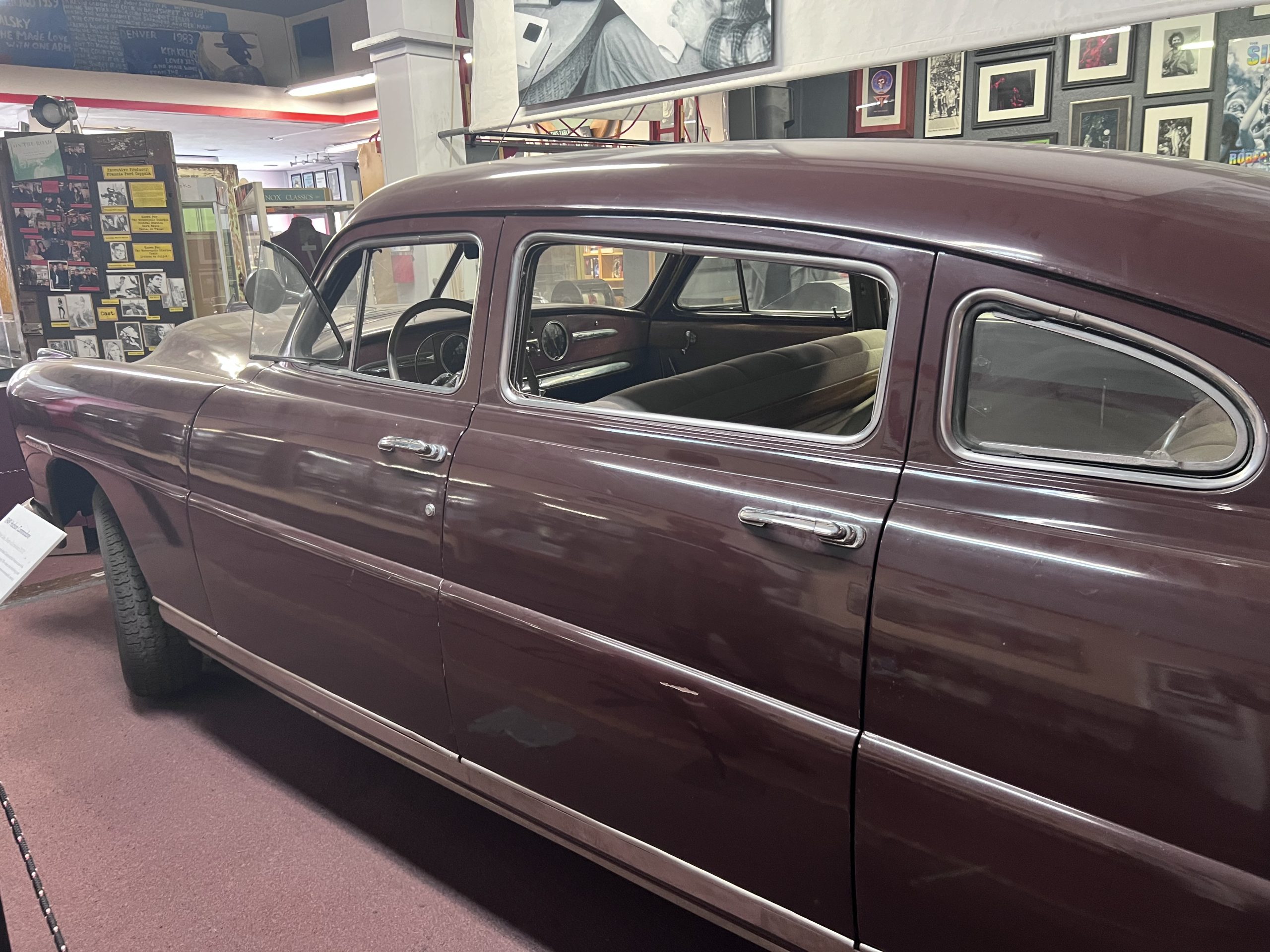In the heart of San Francisco, where echoes of the “Summer of Love” and the enduring hippie spirit still resonate, lies the city’s literary soul—a unique blend housed within an iconic bookstore and a whimsical museum.
City Lights Bookstore traces its origins back to City Lights Magazine in 1952, originally named after Charlie Chaplin’s film. Despite publishing only five issues, it laid the groundwork for America’s first all-paperback bookstore the following year. Quickly becoming a beloved gathering place for poets, authors, artists, and activists, City Lights Bookstore has persevered over seven decades, weathering changes that claimed other bookstores and even its visionary founder, Lawrence Ferlinghetti, who passed away in 2021 at the age of 101. Today, its shelves still proudly display anti-authoritarian literature, poetry, and histories—a testament preserved amidst San Francisco’s ever-evolving tech-driven landscape. The bookstore remains an active hub with a robust calendar of author events and programs.
After World War II, Lawrence Ferlinghetti, a Navy veteran turned literary scholar, found his way to San Francisco’s Embarcadero. He was captivated by the city’s labyrinthine streets, pastel-hued buildings, and rolling hills reminiscent of Mediterranean towns. Enthralled by the city’s allure, Ferlinghetti abandoned painting for a new vocation. In 1953, he founded City Lights Bookstore on Columbus Avenue, nestled in the vibrant North Beach neighborhood at the cusp of Chinatown. The bookstore flourished as a cultural epicenter, drawing writers, poets, and artists into its welcoming embrace from its inception.
Ferlinghetti is well known for challenging the status quo, asserting that art should be accessible to all people, not just highly educated intellectuals. In the literary biography Lawrence Ferlinghetti: Poet-at-Large, Larry Smith wrote that the author “writes truly memorable poetry, poems that lodge themselves in the reader’s consciousness and generate awareness and change. And his writing sings, with the sad and comic music of the streets.” Smith notes that Ferlinghetti writes from his earliest poems onward as “the contemporary man of the streets speaking out the truths of common experience, often to the reflective beat of the jazz musician.”
Amid the dot-com boom of the late 1990s, Ferlinghetti foresaw the threat of gentrification to San Francisco’s artistic soul. Named the city’s first poet laureate, he advocated for its preservation through the establishment of a nonprofit foundation for City Lights, ensuring it remained a haven for creative luminaries like Allen Ginsberg and Jack Kerouac, who challenged societal norms through their writing.
Beyond its role as a bookstore, City Lights embodies Ferlinghetti’s vision—a timeless sanctuary where words find kinship among kindred spirits. Today, it continues to serve as a literary haven, hosting events such as author readings and poetry evenings, including the famed “Music in the Alley” and “Poetry Readings” held in Jack Kerouac Alley, all free to the public.
The bookstore resides in North Beach, a vibrant neighborhood steeped in a rich Italian heritage. This bustling area is beloved by both locals and tourists alike, drawn to its inviting trattorias with checkered-tablecloth settings, renowned pizza spots, cozy coffee shops, and lively jazz bars.
The Beat Museum
North Beach emerged as the epicenter of the Beat Generation and their cultural activities during the 1950s. Comprising artists, writers, poets, and original thinkers, the Beats settled in San Francisco and included icons like Allen Ginsberg, Jack Kerouac, Gary Snyder, Gregory Corso, and Lawrence Ferlinghetti.
The Beat Museum pays homage to these vibrant artists, writers, poets, and musicians of the 1950s and 1960s, a pivotal era in American cultural history.
For both history enthusiasts and newcomers alike, the museum houses a rich array of memorabilia. Visitors can explore rare photos, original manuscripts like Allen Ginsberg’s seminal work “Howl and other Poems,” and even a 1949 Hudson Commodore. This car, once driven by Neal Cassidy and Jack Kerouac, symbolizes their legendary cross-country journeys, which involved hitchhiking, freight trains, and bus rides.
A special section devoted to “Banned Books,” including the controversial Gone with the Wind, underscores the era’s struggles with literary censorship. Additionally, the museum sheds light on the origin and significance of the term “beatnik”. The term arose during the tense 1960s nuclear arms race and anti-communist fervor. At the 1960 Republican Convention, FBI Director J. Edgar Hoover famously labeled Communists, Eggheads, and Beatniks as America’s greatest threats, reflecting the era’s complex social dynamics.
The museum also hosts diverse events, from book readings to poetry evenings, such as a special tribute to the 13th-century Sufi poet Rumi’s timeless verses.
Together, City Lights Bookstore and the Beat Museum offer a glimpse into San Francisco’s literary and artistic past, embodying Ferlinghetti’s enduring belief in the power of words to inspire change and foster community.
City Lights Bookstore
Location: 261 Columbus Ave, San Francisco, CA 94133
Open daily from 10 am to 10 pm except on holidays when bookstore hours are posted online.
https://citylights.com/events/
The Beat Museum
Location: 540 Broadway, a block away from City Lights Bookstore. Open 10am-7pm daily except Monday and Tuesday.
https://www.kerouac.com/visit/
By Marybeth Bond, National Geographic author, writer, founding editor GutsyTraveler.

